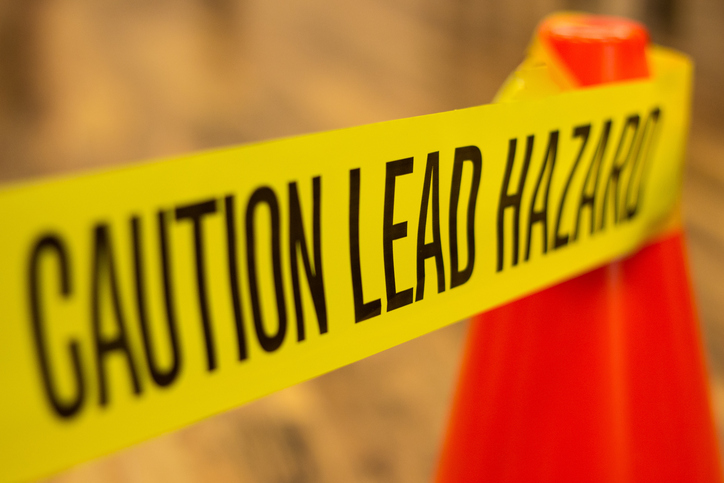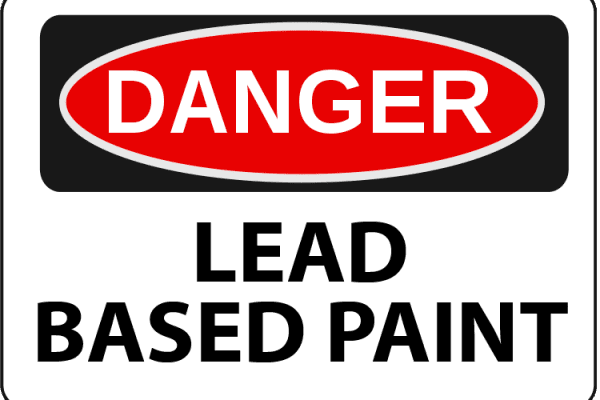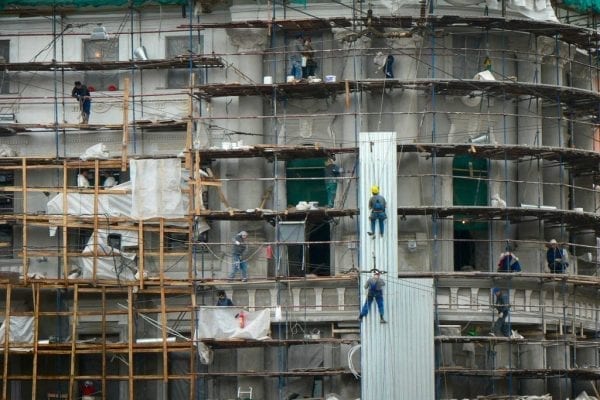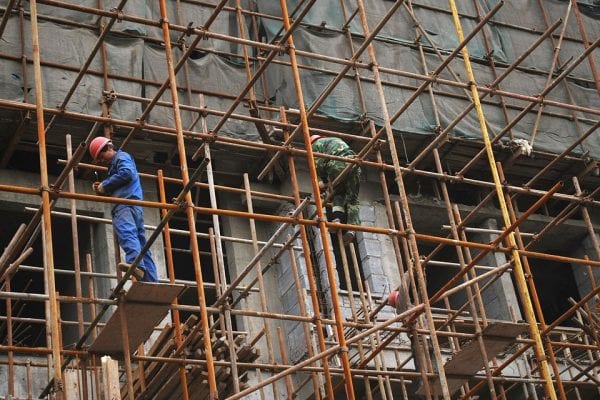It’s common to think that only the owners of old houses have to worry about lead paint. Unfortunately, that’s simply not true. Anyone who works in the renovation, repair, or painting industry needs to understand the hazards of lead paint and how to protect themselves and their employees as well as the building occupants. This is true in both residential and commercial settings, for any work done in a building older than 1978.
Fortunately, the EPA sets out clear standards for contractors conducting renovation, repair, and painting (RRP) projects. EPA’s Lead RRP Rule requires that firms performing renovation, repair, and painting projects that disturb lead-based paint in homes, child care facilities and pre-schools built before 1978 have their firm certified by EPA (or an EPA authorized state), use certified renovators who are trained by EPA-approved training providers and follow lead-safe work practices. OSHA also has regulations dealing with lead exposure in any setting, commercial or residential.
Unfortunately, many contractors fail to follow these standards. This sets them up for regulatory problems and, worse, it sets their workers up for health problems. Here’s what you need to know to protect yourself and your employees.
Understanding the Lead Paint Hazard
Lead is a highly toxic heavy metal that wreaks havoc in the human body. In adults, possible effects include:
- High blood pressure
- Joint and muscle pain
- Memory and concentration problems
- Headaches
- Mood disorders
- Infertility
- Damage to unborn fetuses in pregnant women
- Abdominal pain
In children, the effects are even more numerous and pronounced. At high enough concentrations, lead poisoning can be fatal.
During renovation, repair, and painting projects, lead paint is often disturbed, resulting in the production of lead paint dust. When unprotected, workers can readily inhale the dust, leading to lead poisoning.
The EPA Standard
The EPA’s 2008 Lead-Based Paint Renovation, Repair, and Painting (RRP) Rule (as amended in 2010 and 2011), aims to protect the public from lead-based paint hazards associated with RRP activities being performed in homes, child care facilities and pre-schools built before 1978. The rule requires workers to be certified and trained in the use of lead-safe work practices, and requires RRP firms to be EPA certified.
This means that both in-house maintenance staff and external contractors who engage in any form of renovation, repair, or painting that may disturb lead-based paint must be certified. Lead-based paint may be present in any building constructed prior to 1978. Specifically, activities that may disturb lead-based paint include:
- Remodeling
- Repair
- Electrical work
- Plumbing
- Painting preparation
- Carpentry
- Window replacement
During these activities, the EPA currently defines the following levels of lead in dust as hazardous:
- 40 micrograms per square foot and higher for floors
- 250 micrograms per square foot and higher for interior window sills
When hazardous levels of lead dust are present, dust cleanup activities must be conducted until clearance testing indicates that lead dust levels are below the hazardous levels.
Renovator Responsibilities
Certified renovators are responsible for ensuring compliance with the Lead-Based Paint RRP Program’s requirements throughout the renovation process. Specifically, they must:
- Provide on-the-job training to other workers on lead-safe work practices
- Be physically present at the work site when warning signs are posted, while the work area containment is established, and while work-area cleaning is performed
- Regularly direct work being performed by other individuals to ensure lead-safe work practices are followed
- Use an EPA recognized test kit or collect paint chip samples and submit them to an EPA-recognized laboratory when requested by the party contracting for renovation
- Be available, on-site or by telephone, during all scheduled renovation times
- Perform project cleaning verification
- Maintain work site copies of certification
- Prepare required written records
EPA safety standards for workers are not optional. Some contractors have learned this the hard way when they are cited for violations and pay hefty penalties. Don’t take that chance. Contact our lead paint consulting and remediation team today to protect your teams and yourself.






